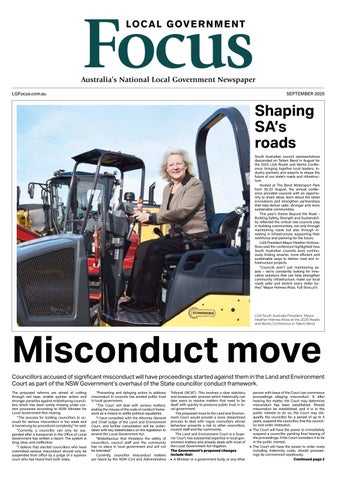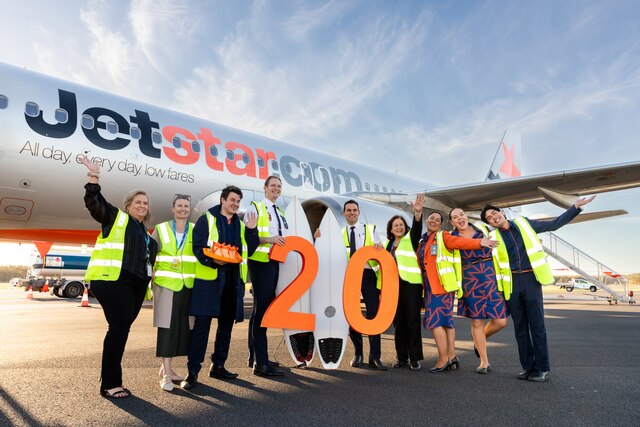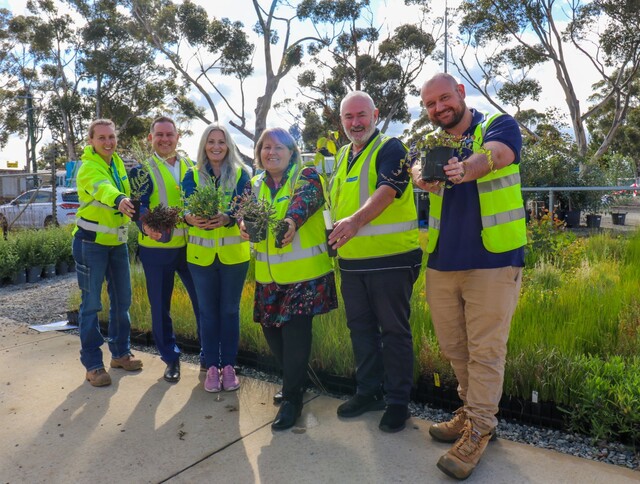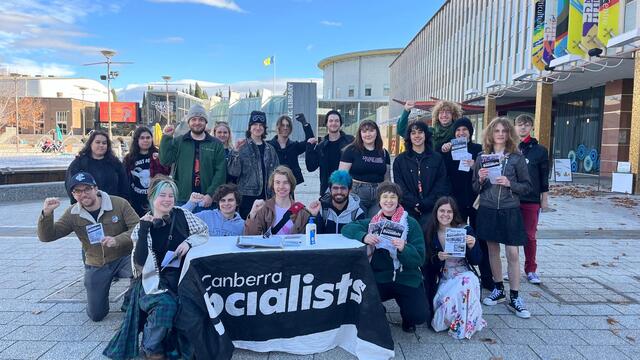The Good Oil by Rod Brown *
When Sir Phillip Lynch was the Federal Industry Minister back in the 1980s (after his stint as Treasurer, I think), he would invariably give delegations the bad news about funding with the words “There are many hands at the pump, and the well is getting dry!” Similar messages emanating from the Government now are nonsense. The well is not dry, and this will be borne out in coming months as pre-election promises are made by the Government and the Opposition.
The difference is that the Treasurer knows how much is in the bikky tin, and the Opposition does not. But surely the reasons for running a budget surplus is to impress either the international money market, the voting panel for Treasurer of the Year, or voters at election time!
In this context, it is interesting to note NRMA President, Ross Turnbull, making the extremely valid point that Australia’s three largest cities are still not linked by high standard dual carriageways. The NRMA is seeking a commitment from all political parties that Sydney, Melbourne and Brisbane will be connected within ten years by highways of a minimum of four lanes.
Turnbull indicated on radio that Prime Minister Hawke had promised back in 1988 that it would happen. Turnbull was cunning. He waxed lyrical about the quality of the highway from Brisbane to Coolangatta, and from Wodonga to Melbourne, thus sheeting the problem home to the NSW and Federal Governments.
Yes, the Tarcutta to Albury section is a disgrace, as well as sections on the NSW north coast. I am tipping that the NRMA stance will make serious inroads on this issue (excuse the pun) for three reasons:
- The tragic death of four members of the Allen family (husband and wife, leading lawyers in Canberra) has been a trigger for debate. Not because they were from Canberra, but because their 4WD apparently flipped after hitting a bad patch on this ‘national’ highway. It received much radio airplay up here and in Sydney.
- Turnbull’s deputy is Alan Evans, who was Treasurer Dawkins’ chief of staff and then a lobbyist. He knows how to leverage a vote winner like this. Alan also has much empathy with regional issues.
- And if you really stretch it, bringing our busiest national highway up to dual highway status can be trotted out as a nation building exercise!
Eastern Perth
We began a scoping exercise late last year in respect of the Eastern Perth’s mining technology capabilities. The region is a real eye-opener as a concentration of mining related supply companies, and it complements the off shore and marine capability around Kwinana and Fremantle.
The Eastern Perth region is home to 900 engineering based companies and 160 of these are involved in mining exploration, mining equipment, heavy vehicles and trailers manufacture and associated activities. It would probably outrank similar industry concentrations in Adelaide, Kalgoorlie, Brisbane and Newcastle, and in terms of potential growth opportunities, it is very well placed.
The factors behind this region’s competitive advantage are noteworthy. Its take off phase was sparked by the major growth in exploration and mining activity in the Pilbara and Goldfields regions in the 1960s and 70s. This resulted in the establishment of numerous foreign equipment suppliers as well as the growth of local suppliers of materials, equipment and engineering and geological expertise.
Another factor is Eastern Perth’s attractive location due to the confluence of road, rail and air networks, from which equipment and personnel can be moved to and from the mines and processing plants.
The region also has a substantial supply of cheap, flat land compared with suburbs closer to the Perth CBD.
The major industrial activity is concentrated in four sub regions within 10 km of Perth Airport. The suburbs of Belmont, Cloverdale, Kewdale and Welshpool to the immediate south west of the airport, are home about 50 per cent of this capability. We received a very useful briefing by Belmont City Council on plans for Perth Airport, where there are significant business opportunities. Sandgropers often lament their isolation, but it must not be forgotten that Perth is four hours flying time closer to Africa and the Middle East.
Perth Airport could become a significant stepping off point to these regions for the supply of equipment and services associated with defence, environment and infrastructure projects.
Canberra Airport
While on the subject of airports, a storm has erupted in Canberra about our own airport. A group of Canberra developers is calling for controls on the growth of office accommodation at Canberra Airport. This is short sighted stuff, and potentially very damaging to Canberra. Regional development experts all over the world agree that well planned airports with business parks can be powerful magnets for inwards investment and cluster development.
This is exactly what is happening at Canberra Airport – similar effects have been seen in Cairns, Melbourne, Perth, Sydney and Brisbane. Perhaps Adelaide hasn’t yet got it together? Anyway, sanity must prevail in Canberra because the ACT Government’s own White Paper, released late 2003, recognises the airport’s role as a generator of employment and a regional hub. It has growing economic spin offs to the Riverina and south coast of NSW.
The White Paper also recommends that “the commercial success of the Airport sets a benchmark for the ACT Government in providing the same commercial environment for investors in other areas”. This is actually a very smart way of looking at things. In other words, learn from the successes and replicate them, rather than throttle things that actually work!
This mentality should apply in any location or circumstance unless there are factors otherwise undermining the public good.
* Rod Brown’s Canberra based consultancy group, Australian Project Developments Pty Ltd, specialises in industry/regional development and government liaison.
For further information telephone (02) 6231 7261 or email apd@orac.net.au







